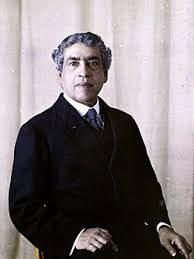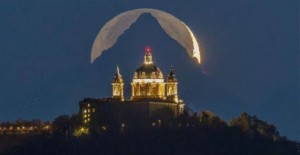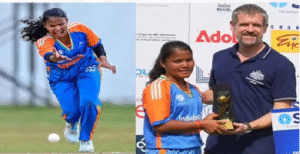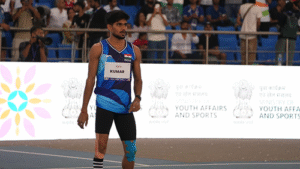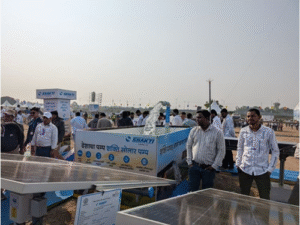Jagadish Chandra Bose was a pioneering Indian scientist who made groundbreaking contributions to the fields of radio waves, plant physiology, and solid-state physics. His work in wireless communication predated and influenced Guglielmo Marconi, though Marconi is often credited with the development of radio.
- 1894 Demonstration of Radio Waves:
At Presidency College, Calcutta, Bose successfully transmitted and detected radio waves over a short distance.
He used millimeter-wave microwaves (~60 GHz) to show how electromagnetic waves could be transmitted wirelessly.
His experiments included ringing a bell and igniting gunpowder remotely using radio waves.
- 1895 Public Demonstration in Calcutta:
Bose conducted a public demonstration at Town Hall, Calcutta, in November 1895.
This was two years before Marconi’s famous experiment (1897).
He used an improved detector (coherer) and semiconductor junctions, which were precursors to modern semiconductor devices.
- Research in Microwaves & Semiconductor Devices:
Bose developed waveguides, antennas, and polarisers to study microwave transmission.
His research included an early form of a semiconductor diode for detecting radio waves.
His semiconductor work later influenced the development of the transistor.
- Recognition in the West:
In 1896, Bose’s work was presented at the Royal Institution in London.
In 1899, he wrote a paper on his findings in the Proceedings of the Royal Society.
Despite his early success, he did not commercialize his work, while Marconi patented and monetized wireless telegraphy.
He was one of the first scientists to use semiconductor junctions for radio wave detection.
His work in microwaves laid the foundation for modern wireless communication.
In 1957, the IEEE recognized Bose’s contributions to the invention of radio.
While Marconi is credited with the first long-distance radio transmission, Bose was undoubtedly a pioneer in the field and one of the earliest researchers of radio waves and semiconductors.
